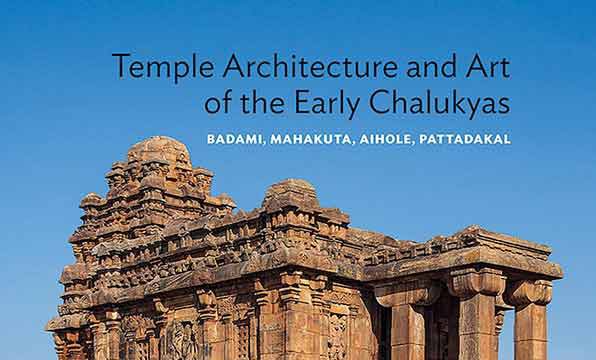Every time I have found myself at a historic monument in India, I’ve wished ASI would do better with the signage and storytelling, so that we could make meaningful sense of where we were instead of sauntering wide-eyed past wordless ruins. I am a huge fan of ASI’s excellent World Heritage Series but they are inevitably stocked helter-skelter (so you will find the book on Konark at their counter-desk in Humayun’s Tomb, just like Sanchi is likely to be available at Mahabalipuram but not at Sanchi). So when I first encountered George Michell’s immaculate paperback on Hampi in Hampi (co-authored with John M. Fritz), I purchased it with alacrity and I was not disappointed. By the time I reached Badami, I was asking for him by name and the hotel in which I was staying pulled out a copy and billed me matter-of-factly. My experience of Badami, Aihole and Pattadakal’s scattered sites was incredibly improved under Michell’s guidance, even though that book was only a compact précis of his vast scholarship over the region’s monumental history (and did not even touch upon enchanting Mahakuta), as I have just discovered. His latest is the first to do full justice to the extraordinary temples, art and architecture of the Early Chalukyas, without parallel in all of India for their unusually well-preserved condition despite dating back from the 6th to the 8th centuries.
Michell’s love for Early Chalukyan history goes to his PhD from SOAS, London, in the mid-1960s, and the volume carries over a hundred of his neat drawings of architectural plans, surveys, elevations and sections. The book is generously designed for the coffee table, and some 200 new pictures by Surendra Kumar add gloriously to the reading experience. The writing is distinguished and imbued with a subtle and abiding regard for what’s clearly been a grand passion. Even though Michell pays most attention to the architectural details, I particularly enjoyed the introduction to the Early Chalukyan kings, so stunningly lifelike did they emerge out of their inexplicable obscurity. I would be surprised if this book doesn’t leave you dying to plan your next holiday thataway. Read and go!




